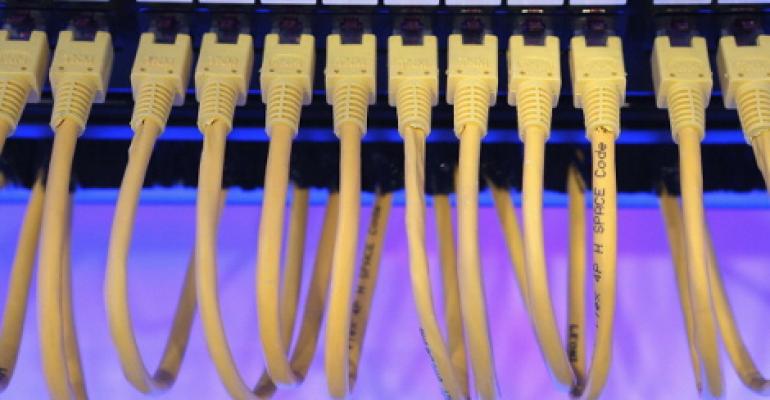As hyperconverged infrastructure emerges as one of the favorite new platforms underneath applications running in enterprise data centers, a number of myths have emerged about it. Because it is new – hyperconverged infrastructure didn’t exist two years ago – it’s natural that many people don’t quite understand it and that myths perpetuate.
Gartner analysts Andrew Butler and George Weiss outlined the most widespread myths about these systems in a presentation at the market research firm’s data center management summit this week in Las Vegas. Here are some of the highlights:
1. It’s Open and Standards-Driven
That’s true but only to a point, according to Butler. The systems are usually built out of commodity x86 hardware and capable of running any type of Windows or Linux, so from the basic hardware perspective yes, they’re open and standardized. But once you’ve gone with a hyperconverged vendor, if you want to grow your deployment, all you can do is add more nodes by the same vendor.
2. It’s Low-Cost
At scale, hyperconvergence doesn’t really yield any significant cost savings over traditional architectures, Butler said. Once you get into deployment of significant size, you can easily spend millions of dollars on a hyperconverged system.
3. VDI is the Top Use Case
There’s a misconception that virtual desktop infrastructure is the most common and best use case for hyperconvergence. That’s not entirely true, according to Butler. Many other use cases are emerging, and while VDI will be one of the prevalent ones, it will not be the single killer app for the architecture.
4. It Will Kill SAN
While that’s what hyperconverged infrastructure vendors want you to think, there are no indications that things are headed that way, Butler said. SAN may generally be “approaching a twilight of its life,” he said, but it is still a huge market for it, and hyperconvergence will not be the decisive nail in its coffin.
5. It Creates More Silos in the Data Center
The worry about non-interoperable silos is perennial in the data center industry, and hyperconvergence does not change that in any way. Vendors address interoperability issues in a variety of ways, and users shouldn’t approach interoperability of hyperconverged infrastructure any different from the way they approach interoperability of other systems in their data centers.





